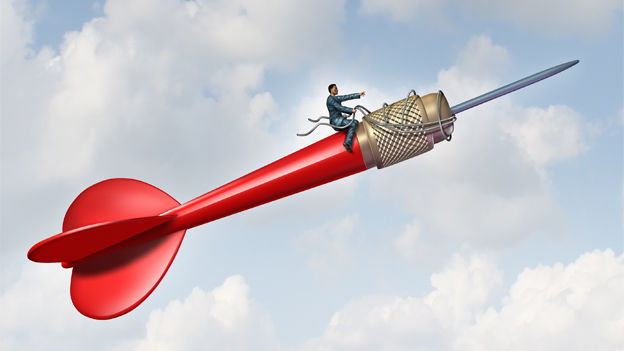How do you lead?

Who are real leaders?
“A true leader has the confidence to stand alone, the courage to make tough decisions, and the compassion to listen to the needs of others. He does not set out to be a leader, but becomes one by the equality of his actions and the integrity of his intent” - Douglas MacArthur
There are many discourses on what a true leadership style is or who is a more effective leader. But what does true leadership mean? Does it mean that the leader should stand by his peers or subordinates through thick and thin? Should a leader be concerned about the welfare of individuals he interacts with?
The answer to the above questions is indeed a Yes. If required, a leader should make every effort to help others to overcome any difficult situation or circumstances, instead of running away from them.
Leaders can alter the perspectives of the people he leads. Such leaders can guide people to achieve the best in themselves and attain goals. This is all the more important at workplaces. Leaders help when one needs help. He is a counsellor, mentor and guide, a source of joy, strength and courage. Such a kind of leadership is also known as Companion Leadership Approach.
A focus on results through relationships
As rightly remarked by Bill Bradley “Respect your fellow human being, treat them fairly, disagree with them honestly, enjoy their friendship, explore your thoughts about one another candidly, work together for a common goal and help one another achieve it”. As people leaders, the primary responsibility should be to deliver results, and to achieve desired results through people, one needs to maintain effective long term friendly relationship with the team. Companion leaders maintain friendly relationships, build deep lasting relationship with team members for driving results and also bring long-terms outcomes by enhancing individual and organizations’ performance and productivity. A companion leader assumes that his role as a companion or friend in the journey is to achieve common goals. He works to help, guide, protect, support and keep his companions happy and working collaboratively. He provides them good friendly atmosphere, shows kindness and makes them feel relaxed.
A leader who enables an individual to grow form inside and outside is a true companion leader. An example of such a leadership can be stated here of Helen Keller, an American author, political activist and lecturer, who was also the first deaf-blind to earn a Bachelor of Arts degree. Keller was a deaf-blind. And it was her teacher Anne Sullivan, who came in to her life as a guide, mentor, leader, and helped her in making tremendous progress with her ability to learn and communicate. Keller succeeded through all the difficulties because Anne, besides being a leading figure to her, was also a constant companion. It is to be duly noted here that if Anne Sullivan had left her because of impediments, Helen would never able to overcome her disability and adversity. As William Penn said “A true friend freely, advises justly, assists readily, adventures boldly, takes all patiently, defends courageously, and continues a friend unchangeably.”
Companion leadership style works successfully in various situations and with different people, particularly with young generations, who are critical and challenging. Leaders need to recognize the fact that companion leadership is a shared function – such a leader shares everything with his people; work, credit, ideas, interest, opinion, experience etc. Companion approach is adopted in direction and control. Approachability and support in carrying out actions is paramount when setting goals or taking work-related decisions for mutual benefits. Such a style of leadership tends to lead to long-run productivity, performance and employee engagement.
Companion leaders consider his subordinates as human beings rather than resources. There is an appreciation of similarities and a respect for differences. Needs are recognized and dignity is respected. Such leadership tries to build team work, develop team and helps in solving problems so that an effective work group can be built with high performance goals. This Leadership style effects on the person attitude and behaviour to achieve results. Therefore, leaders have to develop and maintain effective friendly relationships with others to drive results; relating well to people from diverse backgrounds and in different situations; showing understanding, courtesy, tact, empathy, concern, politeness, cooperation, and gain commitment from others when performing tasks along with discussing critical matters in a friendly and constructive manner with team members, so as to foster cooperation, collaboration, and communication to facilitate consensus to accomplish desired goals.
There are many styles of leadership and no one style is better than other in any situation. Good leaders are capable of flexing their style to meet the demands of the situation. As Thomas Jefferson said “In matters of style, swim with the current; in matters of principle, stand like a rock”. A leader has to be a constant companion with team in the journey to achieve desired shared goals. The only ship which can sail successfully around the world is companion leadership.
Disclaimer: This is a contributed post. The statements, opinions and data contained are solely those of the individual authors and contributors and not of People Matters and the editor(s).












